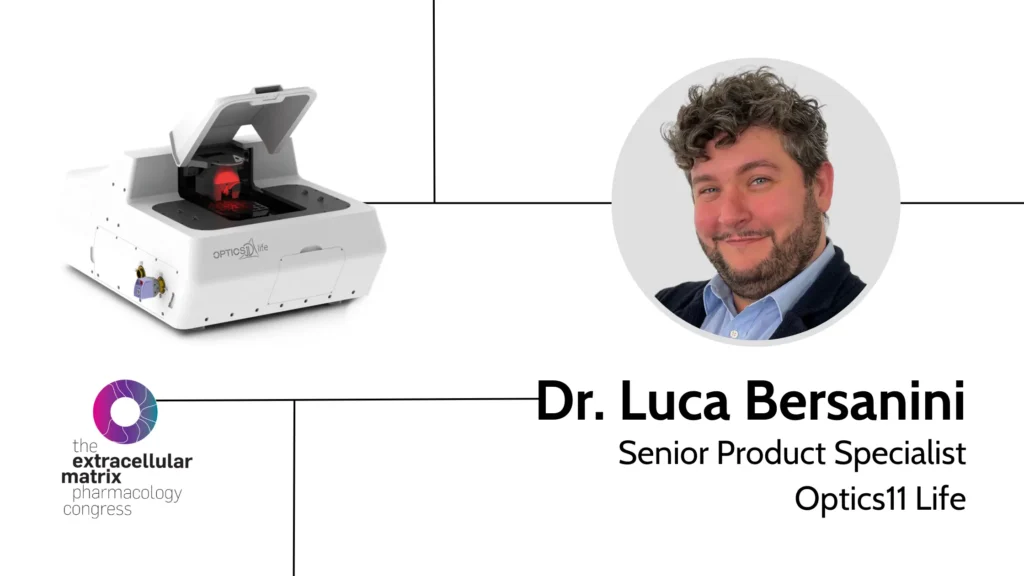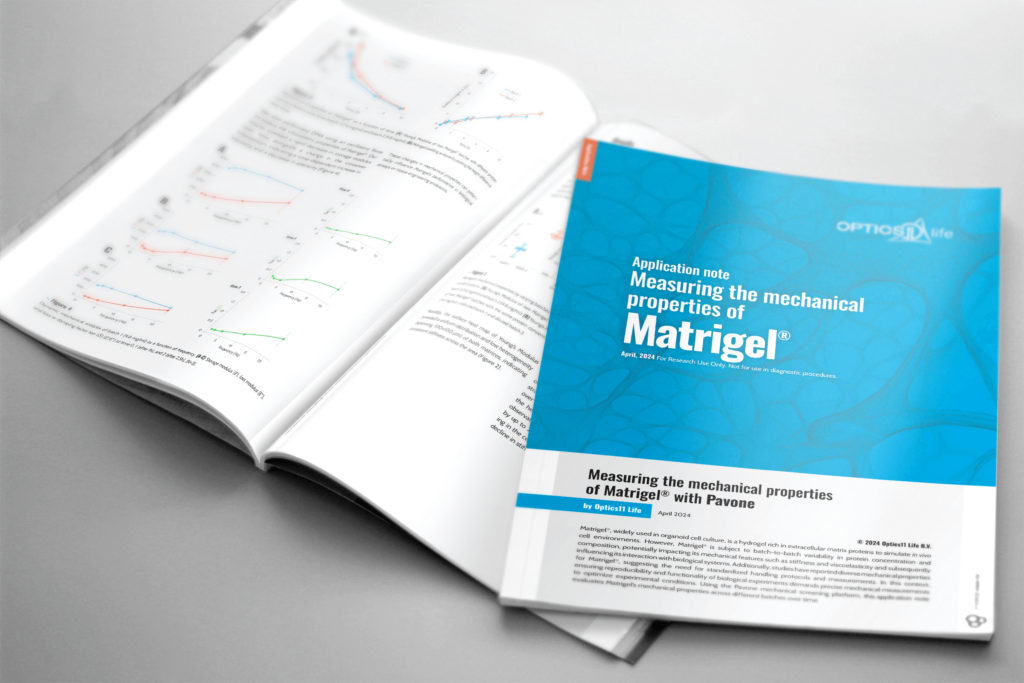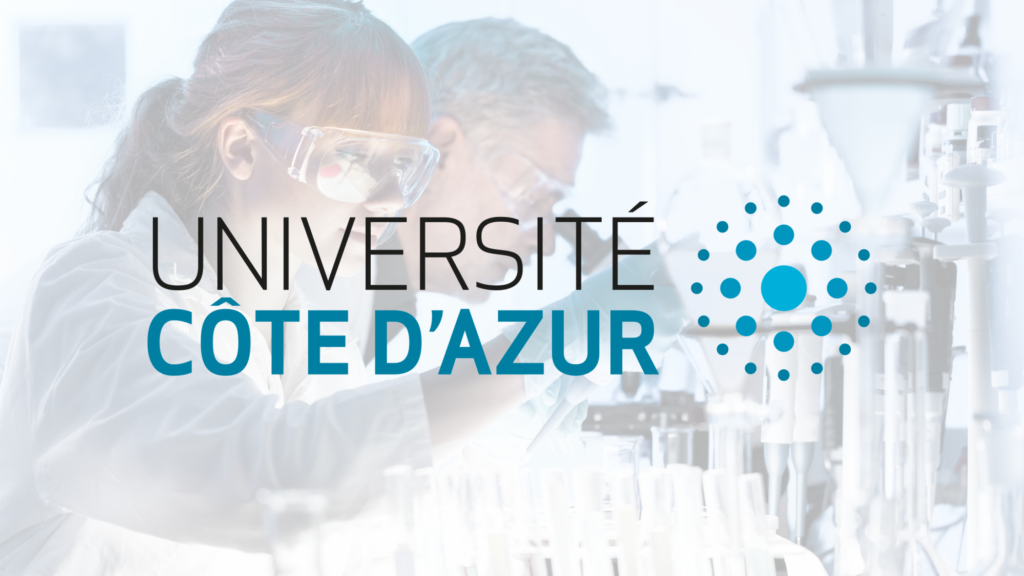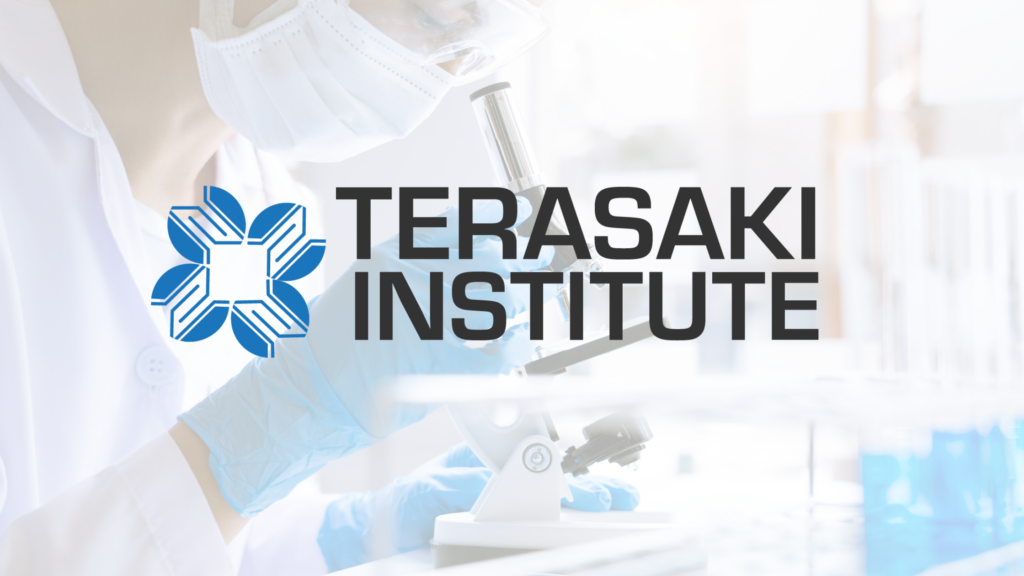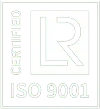Written by Fabiany Da Costa Gonçalves and illustrated by Yashjit Gangopadhyay
-
Studies on the mechanobiology of cells, spheroids, organoids, tissues, and biomaterials are developing rapidly using our Chiaro, Piuma, and Pavone Nanoindenters.
-
Most studies have investigated diseases and new therapies in regenerative medicine. More than 400 publications have cited Optics11 Life Nanoindenters in leading scientific journals.
-
The publication rate has increased significantly since 2015. In 2022 alone, we appeared in 82 publications.
-
Check out the list of new publications from 2022 and the different applications of the Chiaro, Piuma, and Pavone Nanoindenters.


1. Cells
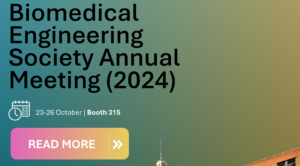
2024 BMES Annual Meeting
We’re excited to announce that Optics11 Life will be attending the Biomedical Engineering Society (BMES) Annual Meeting 2024, taking place in Baltimore, Maryland. Date: October
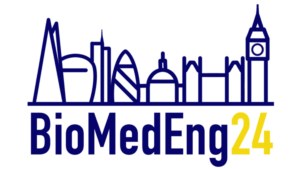
BioMedEng24 Conference
September 05 – 06, 2024 Queen Mary University, London Visit Optics11 Life at BaCell 3D 2024, booth 6 to learn how our high-throughput mechanical characterization
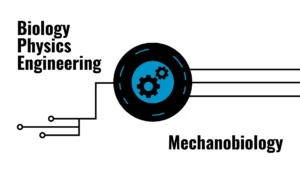
The future of mechanobiology
Imagine a world where we can unite physics with biology and understand how cells and tissues transform during growth and disease. Welcome to the exciting
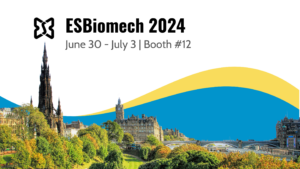
29th ESBiomech Congress
June 30 – July 3, 2024 Edinburgh International Conference Center, Scotland – Booth 12 Visit Optics11 Life at ESBiomech 2024, booth 12 to learn how
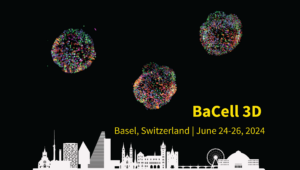
BaCell 3D Organoid Conference
June 24 – 26, 2024 University of Basel, Switzerland – Booth 6 Visit Optics11 Life at BaCell 3D 2024, booth 6 to learn how our

7th TERMIS World Congress
June 25 – 28, 2024 Seattle Convention Center (WA) – Booth 406 Visit Optics11 Life at the TERMIS 2024, booth 406 to learn how our

